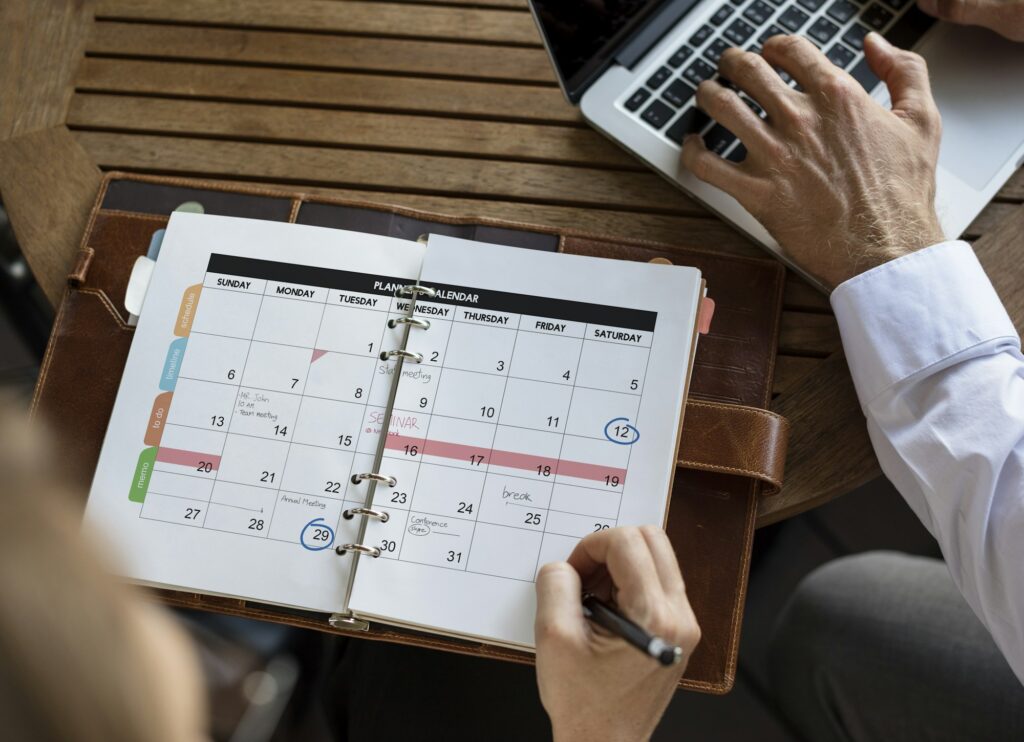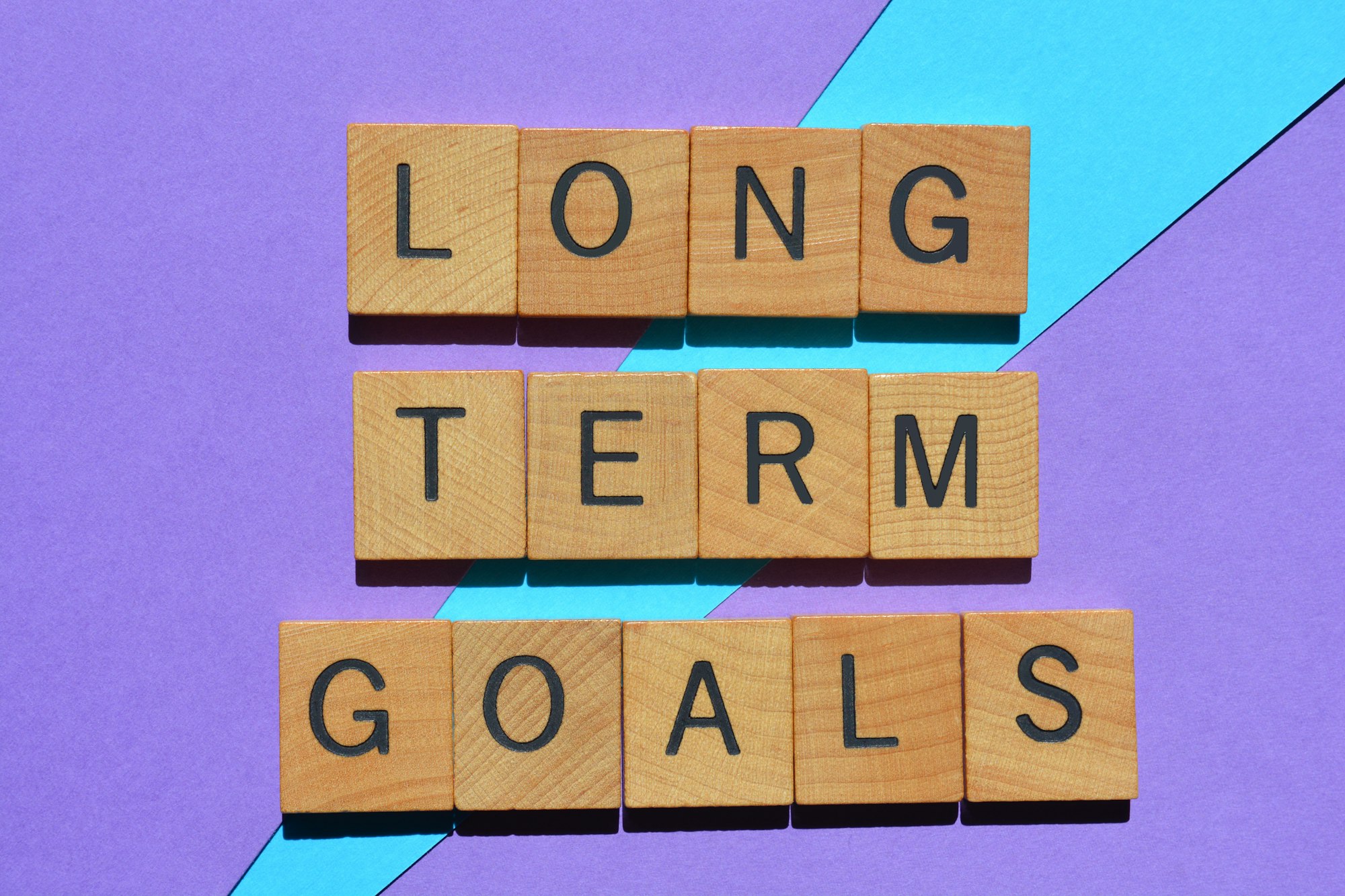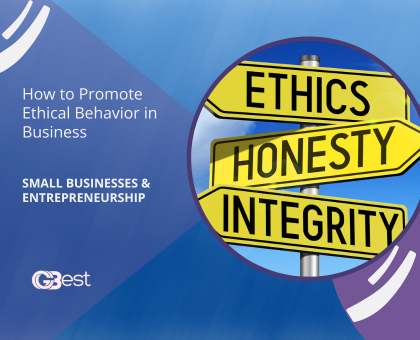What exactly is “getting the right thing done”?
Workplace productivity is a variable that fluctuates over time. We all have days when we wish we could have accomplished more but the method we used to do it seemed lengthy, or boring even. Perhaps the most important thing to remember is that productivity is a habit that you can cultivate over time and improve on day by day by selecting techniques and methods that work best for you. Of course, you are not expected to get this done right the first time. Be patient with yourself and getting your tasks done right, whether it be for your personal life like dieting, or for your manager that always seems to be giving heavy workloads.
True productivity entails doing more of what matters rather than simply checking tasks off of a to-do list. Fortunately, it only takes a few modifications to your everyday work habits to see an advancement in the completion of your important tasks.
What are the secrets to getting the right things done? How do you achieve greater productivity?
Create a list
Take note of the tasks to be done ranging from least important to most important. Having a to-do list is important whenever day-to-day tasks or project work is in order, however, having a list of tasks ranging in its importance can boost your productivity and also aid with managing energy levels and time.


Attempt to maintain good organization
Highly effective people have mechanisms in place that assist them to find the specific information they require at the exact time they require it. A simple system, such as David Allen’s Getting Things Done method (GTD), can alleviate the mental burden of remembering and organizing ideas and freeing up mental space for more productive and meaningful work.
Schedule time for in-depth work
You will have more focus once you are ruthless about prioritizing. But you’ll also want to focus a bit harder on some of those high-priority responsibilities. Fostering an atmosphere amenable to deep focus can also give rise to entering a state of flow, which is the doorway to getting things done in a manner that feels enjoyable and motivating.


Think long-term
Playing the long game in the face of setbacks is important, and it will play a major part in how much you get done. It can be difficult to break the habit of allowing minor setbacks to affect your mood. This is counterproductive to productivity and may even make matters worse. It’s natural for negative emotions and other unexpected events to threaten your productivity, hhowever, any failure should not change the entirety of your course. Be intentional about staying focused on your vision to motivate you to continue moving forward. We all fail at one point or another. It is a reason to keep going, not to give up!
The GTD Method
The GTD method is also a popular technique many successful people use in getting their tasks done. David Allen, a productivity consultant, created the popular task management system. The methodology is based on a simple truth: the more information that is ricocheting within your head, the more difficult it is to decide what must be dealt with.
If you become overwhelmed easily, have trouble remembering your smaller tasks, or even have trouble finishing projects that you’ve started, the GTD method may be very useful in your day-to-day life.
-
- The GTD method consists of five simple practices for systematizing mental clutter and getting things done:
-
- Take Note of Everything: Take notes on anything that comes to mind. Nothing is too large or too small!
-
- Clarify: Convert what you’ve learned into specific, actionable steps. Determine whether an item is a project, a next action, or a reference.
-
- Organize: Place each item in its proper place. Add deadlines to your calendar, assign projects to others, file reference materials, and organize your tasks.
-
- Review: Examine, refresh, and modify your lists on a regular basis.
-
- Engage: Get down to business on the relevant issues.
Once you’ve established your priorities and developed a routine, use the relevant strategies above to maintain it. You will be getting the right things done in no time!








